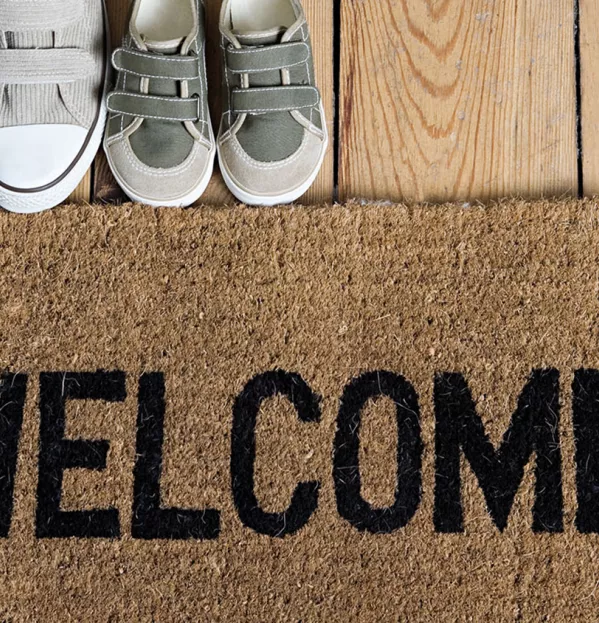Scottish schools stamp out permanent exclusions

Permanent school exclusions have been virtually wiped out in Scotland, statistics published last month show. The new government statistics also cover pupil attendance, teacher numbers, class sizes and the condition of Scottish schools. Here is a breakdown of the main findings.
What are these statistics?
They are called Summary Statistics for Schools in Scotland and are published every December by the government, covering everything from the number of teachers to the condition of school buildings. This year they also included figures on pupil attendance, including the number of exclusions - these are only published every two years.
What do they show?
They show that the practice of excluding pupils from school permanently has almost been wiped out in Scotland. Last year just one pupil was “removed from the register” - that was down from 60 pupils in 2010 and 248 pupils a decade ago in 2006-07.
The number of temporary exclusions has also plummeted in recent years but this decline now appears to be slowing, with 26.8 exclusions per 1,000 pupils last year, as compared with 27.2 in 2014-15. A decade ago there were 63.5 temporary exclusions per 1,000 pupils.
Which groups of pupils are most likely to be excluded?
The pupils most likely to be excluded from school are those with additional support needs (ASN). Last year, there were 66.6 exclusions per 1,000 pupils with additional support needs, compared with 13.4 exclusions per 1,000 pupils with no ASN.
Also, the rates of exclusions per 1,000 pupils were more than five times greater for pupils living in the 20 per cent most deprived areas of Scotland (48.5), compared with pupils living in the 20 per cent least deprived areas (9.1).
How good are Scottish pupils at turning up to class?
Overall, the national average attendance rate of Scottish pupils was 93.3 per cent, ranging from 91.8 per cent in North Lanarkshire and West Dunbartonshire, to 95.3 per cent in East Renfrewshire. The pupils with the worst attendance rate were the secondary students living in the 20 per cent most deprived areas, who attended 87.7 per cent of half-day sessions on average.
How often do pupils skip school?
More than ever, it would seem. Overall, unauthorised absences increased from 1.3 per cent of half-days in 2005-06 to 2.4 per cent last year. The bulk of last year’s unauthorised absences were explained by unauthorised holidays (0.7 per cent of half-days) and unexplained absences, including truancy, (1.5 per cent), both of which hit their highest-ever levels.
What about teacher numbers?
The figures show that the number of teachers rose from 50,970 in 2016 to 51,513 last year, but all of that rise could be attributed to the 666 additional teachers paid for with the extra cash being pumped into the system by the government to improve the attainment of disadvantaged pupils. Crucially, these teachers were supposed to be over and above the normal complement of teachers.
And how did nursery teachers fare?
Their numbers dropped again, down from 985 in 2016 to 921 last year. That was a drop of 40 per cent from the 2010 figure of 1,543 nursery teachers.
Is the teacher recruitment crisis impacting on class sizes?
As Scottish Labour was quick to point out, despite the small rise in teacher numbers this year, the total number of teachers has dropped by 3,570 since the SNP came to power in 2007. However, pupil numbers have also fallen over that period. So, while the pupil-teacher ratio has crept up - going from 13 in 2007 to 13.6 last year - the rise has not been astronomical. However, an increase in the pupil-teacher ratio is very apparent in the grant-aided sector. Most of these schools are special schools and the pupil-teacher ratio here has gone from 7.4 in 2007 to 9.3 last year.
What else do the statistics show?
Teachers are getting younger. The average age of primary, secondary and special school teachers in 2017 was 41, compared with 44 in 2004. Overall, 86 per cent of school buildings were in a good or satisfactory condition, up from 80.1 per cent in 2011.
To read the full results of the government survey, visit bit.ly/ScotSummStats
You need a Tes subscription to read this article
Subscribe now to read this article and get other subscriber-only content:
- Unlimited access to all Tes magazine content
- Exclusive subscriber-only stories
- Award-winning email newsletters
Already a subscriber? Log in
You need a subscription to read this article
Subscribe now to read this article and get other subscriber-only content, including:
- Unlimited access to all Tes magazine content
- Exclusive subscriber-only stories
- Award-winning email newsletters